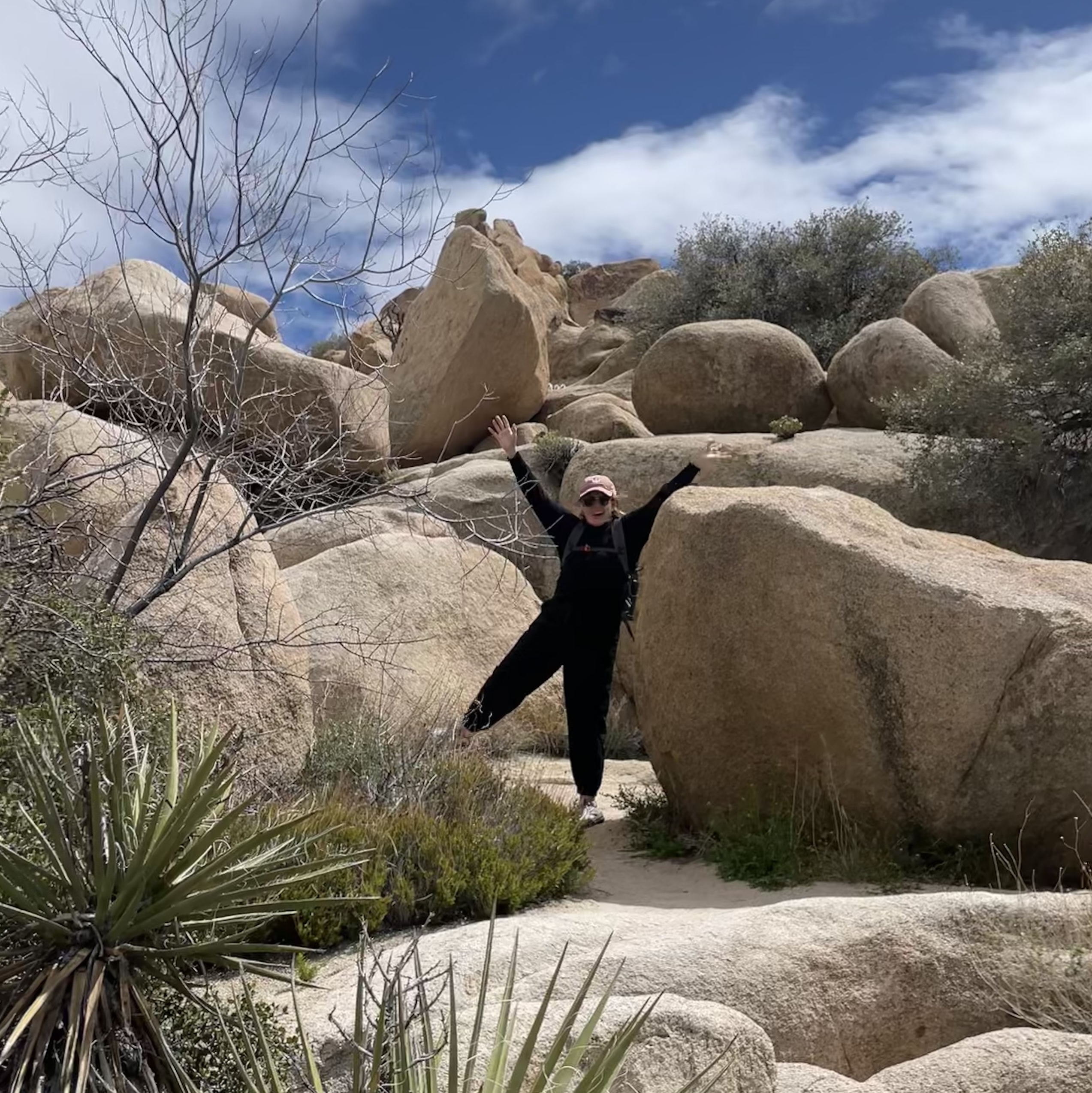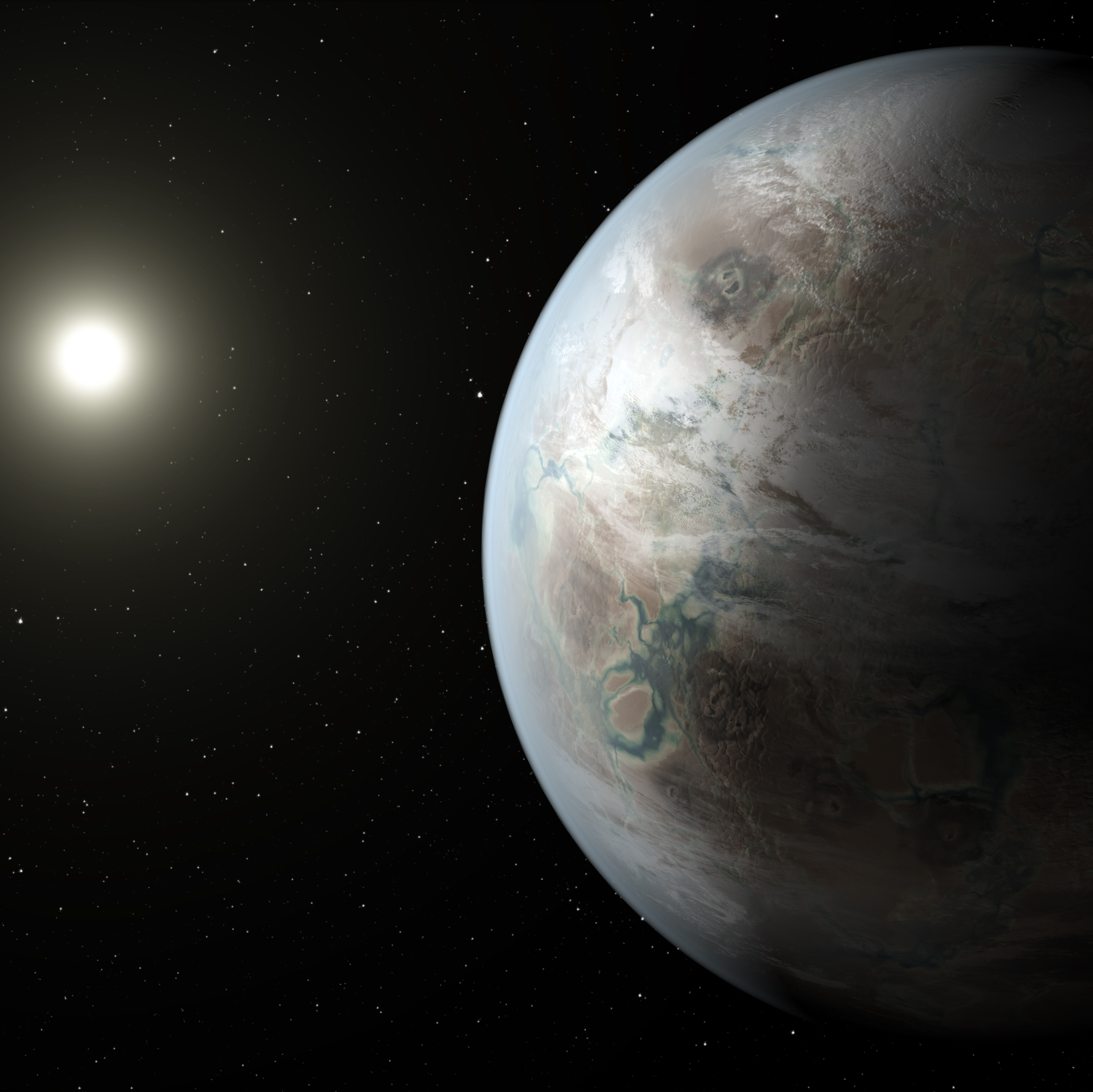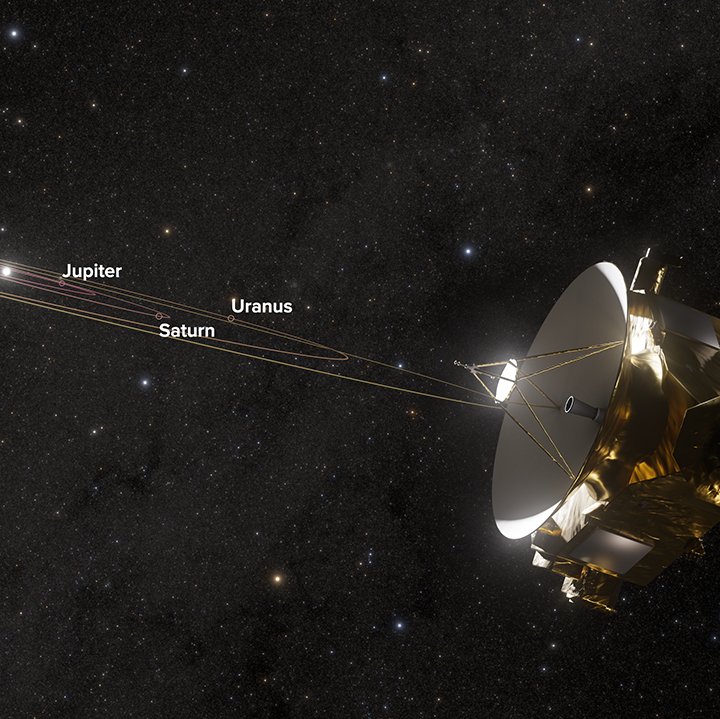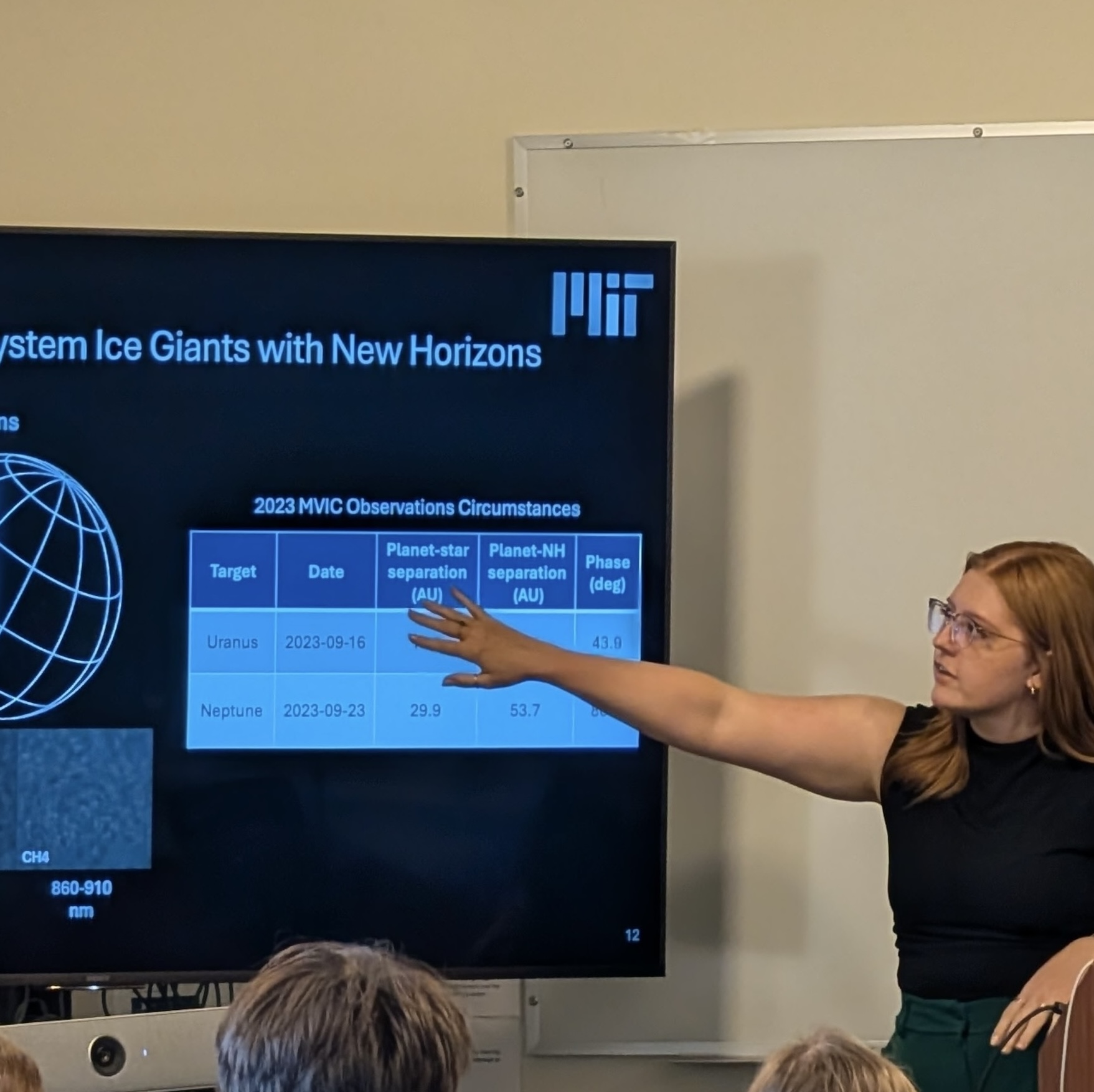

Hello! My name is Sammy. I am a Postdoctoral Associate in the Disruptive Planets Group at MIT. My primary interests lie in understanding how we can use exoplanet atmospheric characteristics and photometry to "deconfuse" direct observations of multi-planet systems, and in studying Solar System planets as exoplanet analogs. For my PhD, I worked on precursor science and analysis tool development for exoplanet direct imaging. If you want to learn more about me, look below!



